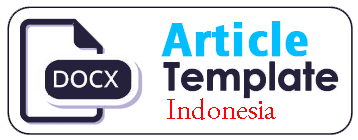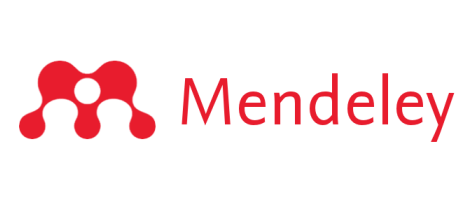Training cost analysis during covid-19 pandemic
case study in finance education and training agency
DOI:
https://doi.org/10.54849/monas.v5i1.122Keywords:
Training cost, Online training, ADDIEAbstract
The Covid-19 pandemic that has changed learning method in training including in the Financial Education and Training Agency (BPPK). The online learning method replaces the classical face-to-face learning method. This study aims to provide empirical evidence of changes in training costs at BPPK from the aspect of size, component structure, and the level of cost savings.The analysis was carried out using a descriptive quantitative method on training costs at BPPK in 2019 (before the Covid-19 pandemic) and 2020 (during the Covid-19 pandemic). The results of the analysis show that there was a significant change in the amount of training costs before the Covid-19 pandemic, from Rp180.58 billion to Rp43.99 billion during the Covid-19 pandemic, or dropped drastically to only 24.36% of the previous cost. On the other hand, there was an increase in the number of training participants from 76,176 people to 403,897 people or experienced a change of more than five times compared to before the Covid-19 pandemic. Thus, if the rough average cost of training per participant is calculated, there is a cost savings of Rp2,370,575 per person to Rp108,912 per person. Furthermore, the analysis of changes in the training cost structure showed a significant increase in the proportion of training costs at the curriculum development stage (Develop) from 0.23% to 3.46% and the learning program design stage (Design) from 0.32% to 0.62 %. On the other hand, the proportion of training costs in the learning needs analysis (Analyze) stage decreased from 0.17% to 0.02%, the training implementation stage (Implement) from 97.99% to 95.36%, and the learning evaluation stage (Evaluate) from 1.29% to 0.54%. The benefit of this research can be used by government training agency in calculating the costs required for online-based learning.
Downloads
Published
Issue
Section
License
Authors who publish in this journal agree to the following terms:
- Authors retain copyright and grant the journal right of first publication with the work simultaneously licensed under a Creative Commons Attribution-NonCommercial-ShareAlike 4.0 International License that allows others to share the work with an acknowledgement of the work's authorship and initial publication in this journal.
- The journal allows the authors to hold the copyright without restrictions and to retain publishing rights without restrictions.
- Authors can enter into separate, additional contractual arrangements for the non-exclusive distribution of the journal's published version of the work (e.g., post it to an institutional repository or publish it in a book), with an acknowledgement of its initial publication in this journal.







